Plumbing Repair Costs in 2025: What to Expect
Plumbing problems don’t wait for the perfect moment. One day everything’s working fine, and the next you’re standing ankle-deep in water, wondering what just happened, and how much it’s going to cost to fix.
If you’ve ever been surprised by a high plumbing bill, you’re not alone. But in 2025, being informed about plumbing repair costs can help you make smarter decisions, whether you’re dealing with a slow leak or a full-blown pipe burst.
In this guide, we’ll break down average costs, explain what affects pricing, and show you how to spot issues early to save money in the long run. No sales pitches here, just the facts.
Why Plumbing Repair Costs Still Matter in 2025
As materials get more expensive and labor shortages continue in the trades, plumbing isn’t getting any cheaper. Whether you’re in a newly built home or a century-old house, plumbing systems wear down over time. And when something goes wrong, quick, informed decisions can make the difference between a small repair and a costly disaster.
This post dives deep into average plumbing repair costs, what drives them, how they differ by problem type, and what you can do to keep expenses under control.
Average Plumbing Repair Costs in 2025
Let’s start with the numbers. Here’s a breakdown of typical plumbing repair costs you can expect in 2025:
| Plumbing Problem | Average Repair Cost (USD) |
| Dripping Faucet | $65 – $150 |
| Running Toilet | $100 – $250 |
| Clogged Drain | $100 – $300 |
| Leaky Pipe (Minor) | $150 – $350 |
| Sewer Line Backup | $1,000 – $4,000+ |
| Water Heater Repair | $150 – $600 |
| Garbage Disposal Jam | $100 – $200 |
| Frozen Pipe Repair | $200 – $500 |
| Low Water Pressure Issue | $75 – $250 |
| Fixture Reinstallation | $100 – $300 |
These figures are based on national averages from HomeAdvisor and updated for inflation, material costs, and labor trends in 2025. Your actual cost may vary depending on the specifics of your situation (we’ll get to that next).
What Affects Plumbing Repair Costs?
Plumbing prices aren’t one-size-fits-all. Several factors influence what you’ll end up paying:
- Labor Costs: Licensed plumbers charge between $75–$150 per hour, depending on your region.
- Timing: Emergency or after-hours service typically adds $100–$500 to your total bill.
- Accessibility: If the plumber has to cut into drywall or reach pipes under a slab, expect a higher price.
- Fixture or Pipe Age: Older homes with outdated materials may require more intensive work or replacements.
- Permit Requirements: Major plumbing changes often require city permits, adding both time and cost.

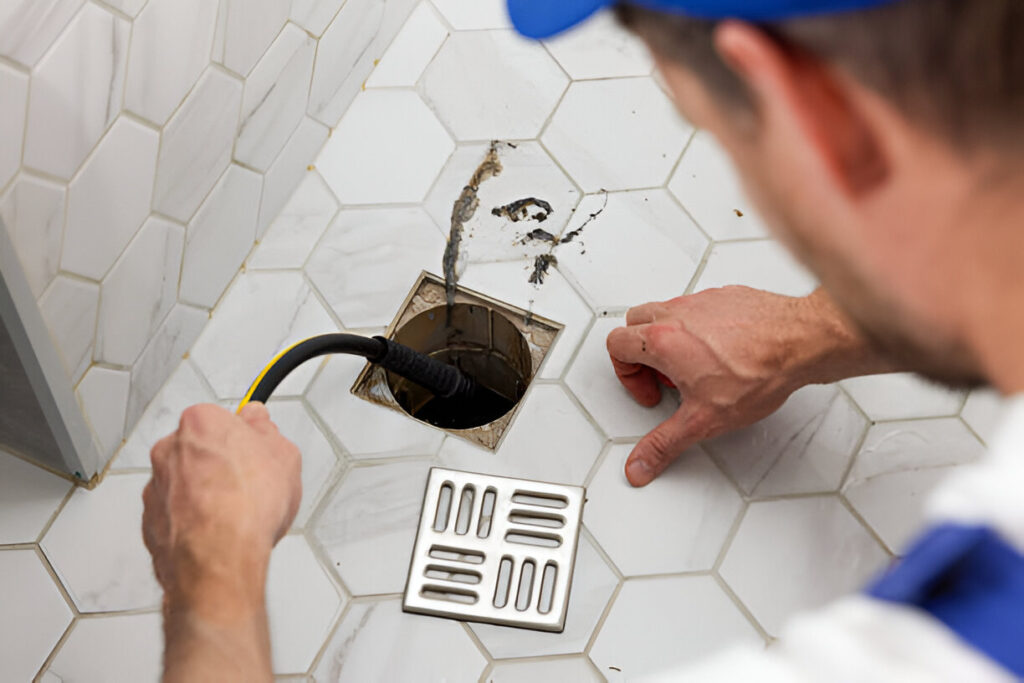
Understanding these variables can help you get a more accurate estimate and ask the right questions before approving a repair.
Emergency vs. Non-Emergency Repairs
Let’s face it, plumbing problems never come at a convenient time. But there’s a big difference between a minor inconvenience and a full-blown emergency. Understanding what qualifies as an emergency plumbing repair can help you act quickly, and budget smartly.
What Counts as an Emergency Repair?
Emergency plumbing situations are those that pose immediate risk to your home, health, or safety. These are issues that can’t wait for the next business day and usually require a plumber to respond after hours, on weekends, or even on holidays.
Here are some examples of common plumbing emergencies:
- Burst Pipes: Especially dangerous in cold weather, burst pipes can flood your home within minutes. Water damage to drywall, flooring, and furniture can escalate costs fast.
- Sewage Backups: When sewage starts coming up through drains or toilets, it’s not just disgusting, it’s a biohazard. Immediate action is needed to prevent contamination and property damage.
- Water Heater Failure in Winter: Losing hot water in freezing temperatures can risk pipe freezing, especially if you’re unable to flush or run warm water through your system.
- Major Leaks or Flooding: A cracked pipe under a sink may not seem urgent, until it starts pouring water onto your cabinets or floors. If water is spreading fast, it’s an emergency.
These situations often require immediate attention to prevent structural damage, mold growth, or health hazards.
Emergency Plumbing Costs: What to Expect
Because of the urgency and scheduling outside of normal hours, emergency plumbing services come at a premium. On top of standard labor and parts costs, you may face:
- Emergency call-out fees: $150–$500+
- Night/weekend surcharges: 1.5x–2x the standard hourly rate
- Minimum service fees: Often $200+ just to dispatch a technician
If you’re wondering whether to wait until the morning to call, if water is actively leaking, flooding, or contaminated, don’t wait. The cost of water damage restoration far exceeds an emergency plumber’s fee.
What’s Considered a Non-Emergency?
Plenty of plumbing problems are inconvenient, but not dangerous or urgent:
- Dripping faucets
- Slow drains
- Running toilets
- Low water pressure
- Minor leaks caught early
These can usually be scheduled during normal hours, and you’ll avoid the steep after-hours premiums.
Pro Tip: Prevention Is Cheaper Than Emergencies
Most emergency plumbing calls could have been avoided with basic maintenance or earlier detection. Here’s how to stay ahead:
- Know where your water shut-off valve is, and how to use it in a pinch.
- Insulate pipes in cold climates to prevent freezing.
- Inspect under sinks and around toilets monthly for early signs of leaks.
- Install a smart leak detector that automatically shuts off water if it detects a major leak (e.g., Flo by Moen).
Taking action before small problems spiral out of control is the best way to avoid emergency fees, and water damage headaches.
Cost by Problem Type: Detailed Breakdown
Let’s take a closer look at some of the most common plumbing issues in 2025, and what you can expect to pay to fix them.
a. Faucet & Fixture Repairs
A leaky faucet might seem like a small annoyance, but it can add up fast, both in water waste and costs. According to the EPA, a single dripping faucet can waste over 3,000 gallons of water a year.
Typical Repairs:
- Washer or cartridge replacement: $65–$150
Most leaks stem from a worn-out washer, cartridge, or O-ring. These small parts are inexpensive, but labor time varies depending on access and faucet type. - Handle or spout replacement: $80–$200
Damaged or corroded handles or spouts can cause leaks or lead to reduced functionality. - Full faucet replacement: $150–$300+
Includes removal of the old unit and installation of a new faucet, usually more expensive in kitchens due to harder access or extra plumbing connections.
Bathroom vs. Kitchen Costs:
Kitchen faucets tend to be more complex (spray attachments, filtration units), so expect labor to be slightly higher than in bathrooms. High-end fixtures (e.g., Delta Touch2O or Moen smart faucets) can also drive up replacement costs.
b. Toilet Repairs
Toilets are deceptively simple, until something goes wrong. Whether it’s a constantly running fill valve or a cracked base, toilet issues can waste water and damage flooring.
Typical Repairs:
- Flapper or chain replacement: $80–$150
The most common fix, quick and usually inexpensive. - Flush valve or fill valve repair: $100–$200
If your toilet takes forever to refill or refills constantly, this is often the culprit. - Full tank rebuild: $150–$250
In older toilets, multiple parts may need replacing. A rebuild includes the flush, fill valve, flapper, and handle mechanisms. - Toilet leak or base repair: $250–$350
Leaks at the base often stem from a failed wax ring or cracked flange. - Toilet replacement: $300–$600+
If there’s a crack in the bowl or tank, it’s often more cost-effective to replace the unit.
Don’t ignore a running toilet, it can waste up to 200 gallons per day, according to Energy.gov.
c. Pipe Leaks and Burst Pipes
Leaky pipes can be a minor annoyance, or a major emergency. Hidden leaks, especially in walls or under foundations, are among the most expensive plumbing issues to repair.
Typical Repairs:
- Small, exposed leak repair: $150–$350
A quick fix if the plumber can access the pipe directly. - Slab leak detection and repair: $500–$3,000+
Leaks beneath concrete slabs often require rerouting or jackhammering floors. - Burst pipe replacement: $200–$800+
Winter freezes or old pipes can rupture suddenly and flood a home within minutes.
Material Consideration:
- PEX and PVC piping is cheaper and faster to repair.
- Copper and galvanized steel are more labor-intensive and costly.
- If pipes are corroded throughout, you might be looking at partial repiping, which can run $1,500–$5,000+ depending on the size of the home.
d. Drain & Sewer Line Repairs
Not all clogs are created equal. A hair clog in your shower is an easy fix, but a blockage in your main sewer line can shut down your entire plumbing system.
Typical Repairs:
- Sink/shower drain unclogging: $100–$300
Snaking or plunging is usually enough to remove common hair or soap clogs. - Toilet augering or hydro-jetting: $250–$400
Jetting blasts water at high pressure to clear debris, grease, or small roots. - Main sewer line camera inspection: $250–$500
If clogs are recurring, a camera inspection identifies if roots, collapsed pipes, or buildup are to blame. - Trenchless sewer repair: $1,500–$4,000+
A more modern, low-disruption alternative to digging up the yard. According to NASSCO, trenchless pipe lining is ideal for damaged clay or cast-iron sewer lines.
Warning Signs:
Multiple clogs across the house, gurgling toilets, and sewer odors are classic signs of a main line issue.
e. Water Heater Repairs
Your water heater works quietly in the background, until it doesn’t. While tank-style units typically last 8–12 years (Energy Star), neglecting routine maintenance shortens their lifespan.
Typical Repairs:
- Thermostat or sensor replacement: $150–$250
A common fix if water is lukewarm or fluctuates. - Heating element replacement (electric models): $200–$350
If you have hot water for only a few minutes, this could be the issue. - Tank flush (sediment removal): $150–$250
Prevents corrosion and maintains energy efficiency. - Gas control valve or pilot repair (gas units): $200–$400
If the pilot won’t stay lit or gas isn’t igniting properly.
When to Replace Instead of Repair:
- If the tank is over 10 years old
- Rusty or discolored hot water
- Leaking at the base of the tank
Replacement cost for a tank-style heater: $1,000–$2,500 (including installation)
f. Garbage Disposal Repairs
Garbage disposals are workhorses in the kitchen, but they’re also frequently abused. Bones, grease, fibrous vegetables, and even eggshells can cause jams or damage.
Typical Repairs:
- Reset (manual flywheel turn or button): Free–$50
Often all that’s needed for a simple jam. - Motor or blade repair: $100–$200
If the unit hums but won’t spin, internal components may be stuck or burnt out. - Complete replacement: $150–$350
Includes labor and a new disposal unit.
Pro Tip: Run cold water while using the disposal and avoid dumping grease or hard materials to extend its lifespan.
g. Water Pressure Issues
A sudden drop in water pressure can be caused by something simple, or point to a bigger problem like sediment buildup, failing regulators, or corroded pipes.
Typical Repairs:
- Pressure-reducing valve (PRV) replacement: $200–$400
If your home’s pressure fluctuates or is too low/high. - Sediment removal: $100–$250
Mineral deposits inside pipes or aerators can restrict flow. - Whole-home pressure diagnosis: $150–$300
Involves testing inlet pressure, valves, filters, and pipe obstructions.
Common Causes:
- Mineral buildup from hard water
- Clogged faucet aerators or showerheads
- Faulty shutoff valves or PRV
- Old galvanized pipes with internal rust
Low water pressure may also be a symptom of a leak somewhere in your system, so don’t ignore it.
Regional Differences in Plumbing Repair Costs
Where you live plays a big role in what you’ll pay:
| Region | Average Hourly Rate |
| California | $125–$175 |
| Texas | $85–$125 |
| Northeast (NY, MA) | $100–$160 |
| Midwest | $75–$120 |
| Southeast | $70–$110 |
High-cost cities like San Francisco, New York, and Seattle typically have higher labor rates and permit fees. Local codes can also dictate materials or special inspections.
Hidden or Add-On Costs to Watch Out For
Even when you get a quote, a few extras can catch you off guard:
- Trip Fees: $50–$100 just to show up
- Permits: $75–$300 for water line or sewer work
- Wall/Floor Repairs: If access to pipes requires cutting through drywall or tile
- Cleanup Costs: Especially in sewage backup situations
Always ask for an itemized estimate.
DIY Repairs vs. Hiring a Pro
Some jobs are perfectly safe (and cheaper) to do yourself:
Good DIY Tasks:
- Replacing faucet washers or flappers
- Cleaning faucet aerators
- Unclogging sinks with a plunger
Leave These to the Pros:
- Pipe leaks inside walls or slabs
- Gas line connections
- Sewer line issue
- Major fixture installations
Failed DIY attempts often lead to more expensive repairs than calling a pro in the first place.
How to Save on Plumbing Repairs
Want to cut your plumbing repair bills? These smart habits can help you avoid unnecessary costs:
- Bundle multiple fixes in one visit
Save on labor fees by addressing several small problems in a single appointment. - Schedule repairs on weekdays, during regular hours
Avoid costly emergency or after-hours service fees by booking during normal working times. - Install smart leak detectors like Flo by Moen
These detect leaks early and automatically shut off water to prevent major damage. - Flush your water heater annually
Removes sediment buildup, improves efficiency, and extends your heater’s lifespan. - Insulate pipes in cold climates
Helps prevent freezing and bursting during winter, which can lead to expensive repairs. - Perform visual inspections monthly
Catch leaks, corrosion, or water stains early by checking under sinks and around fixtures.
Will Plumbing Repairs Get Cheaper or More Expensive?
In short: they’re likely to keep rising, and here’s why:
- Rising cost of copper and PEX materials
Global supply chain issues and inflation are pushing up raw material prices. - Skilled labor shortages
Fewer licensed plumbers means higher demand and increasing hourly rates across the industry. - Stricter local code enforcement
More regulations mean more time and materials required for compliant installations and repairs. - Higher demand from aging housing stock
Older homes have outdated pipes and fixtures, increasing the need for professional repairs.
But here’s the silver lining:
- Smart tech can reduce long-term repair costs
Leak sensors, pressure regulators, and maintenance alerts can prevent big problems before they start.
Prevent Now, Save Later
Plumbing repair costs in 2025 are all about knowledge, timing, and prevention. While some expenses are unavoidable, understanding what drives pricing, and how to spot trouble early, can save you hundreds, if not thousands, over time.
Keep up with routine maintenance, stay informed, and don’t wait until it becomes an emergency.


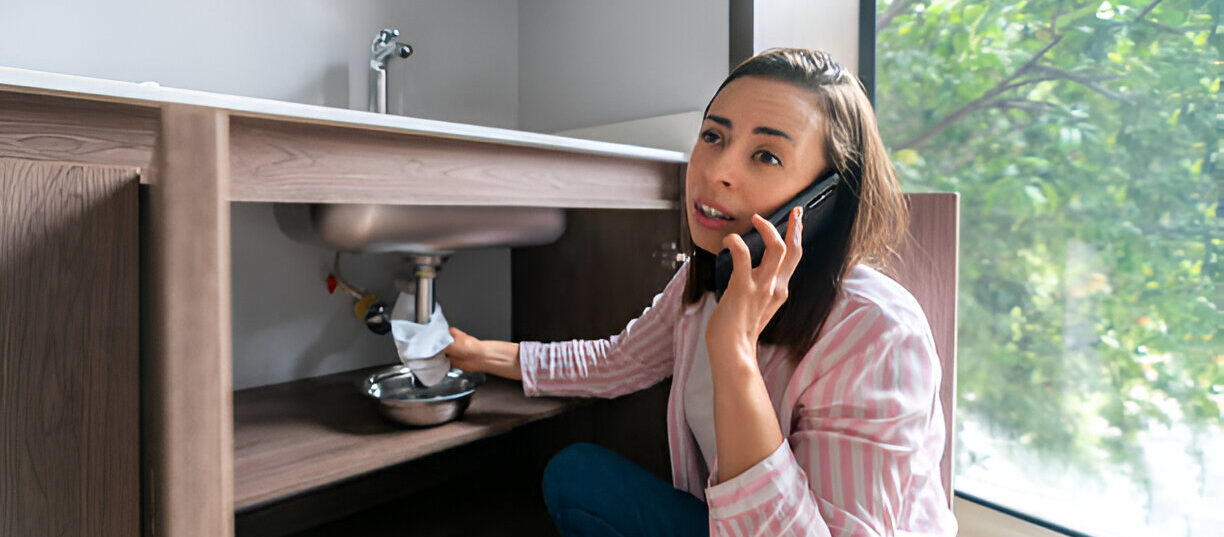
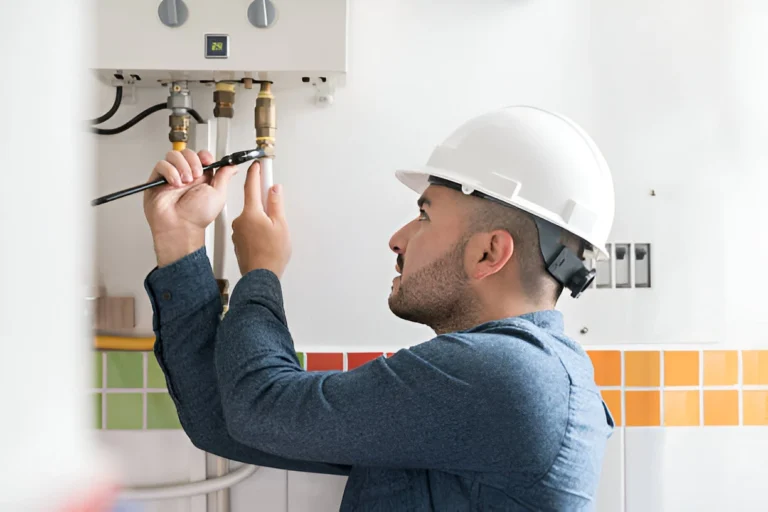
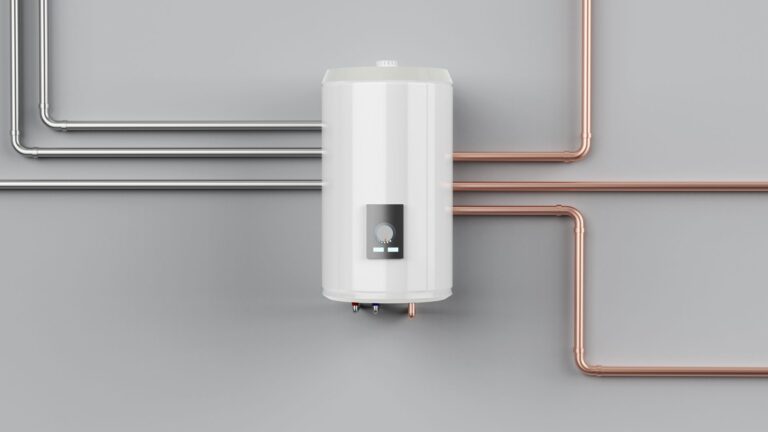
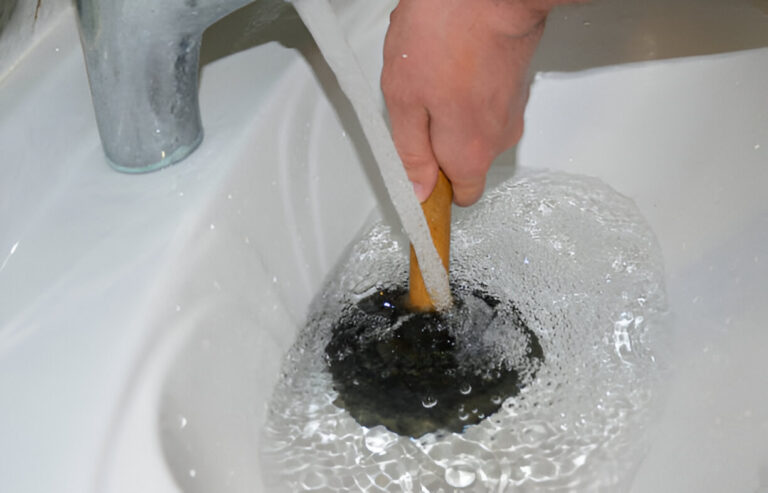

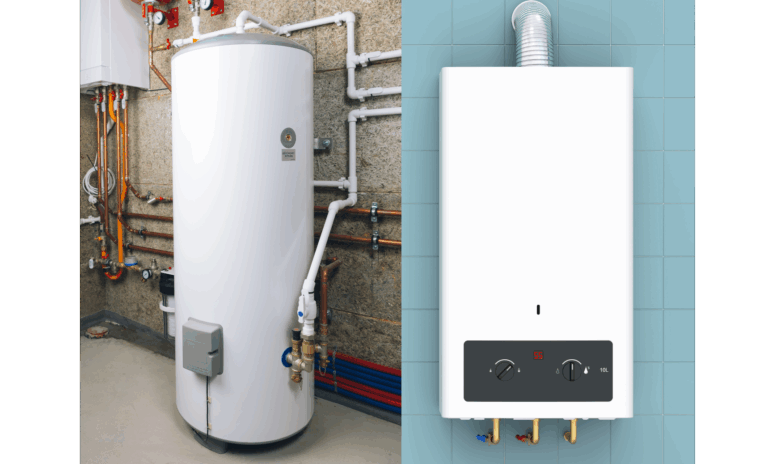
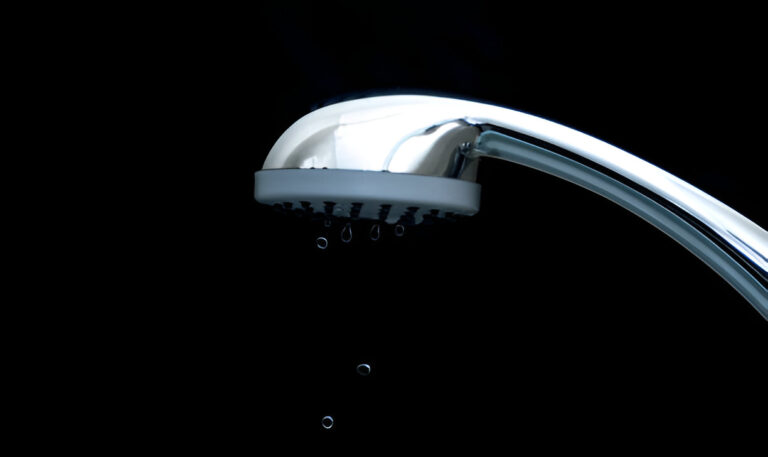
https://shorturl.fm/NSeCa
https://shorturl.fm/Wwx1D
https://shorturl.fm/bsgjf